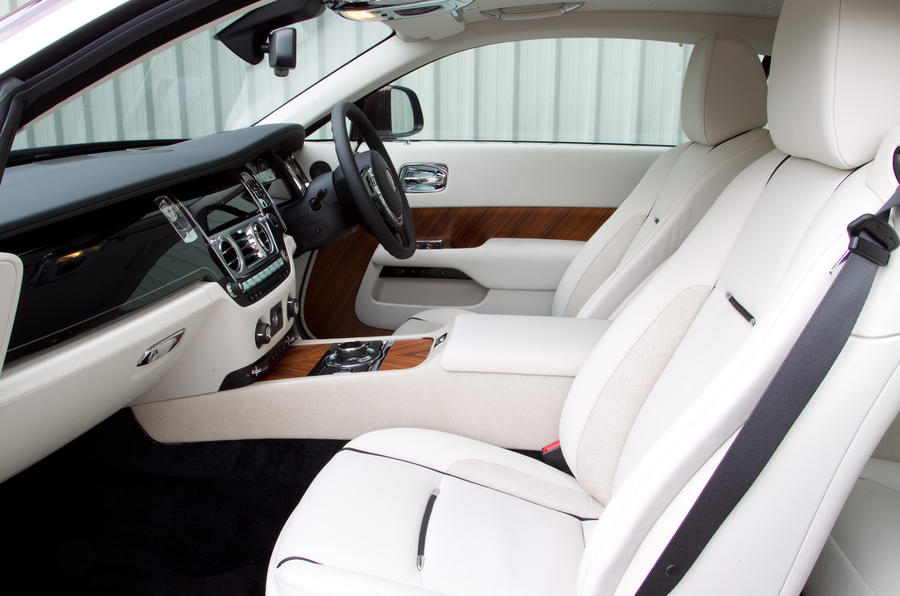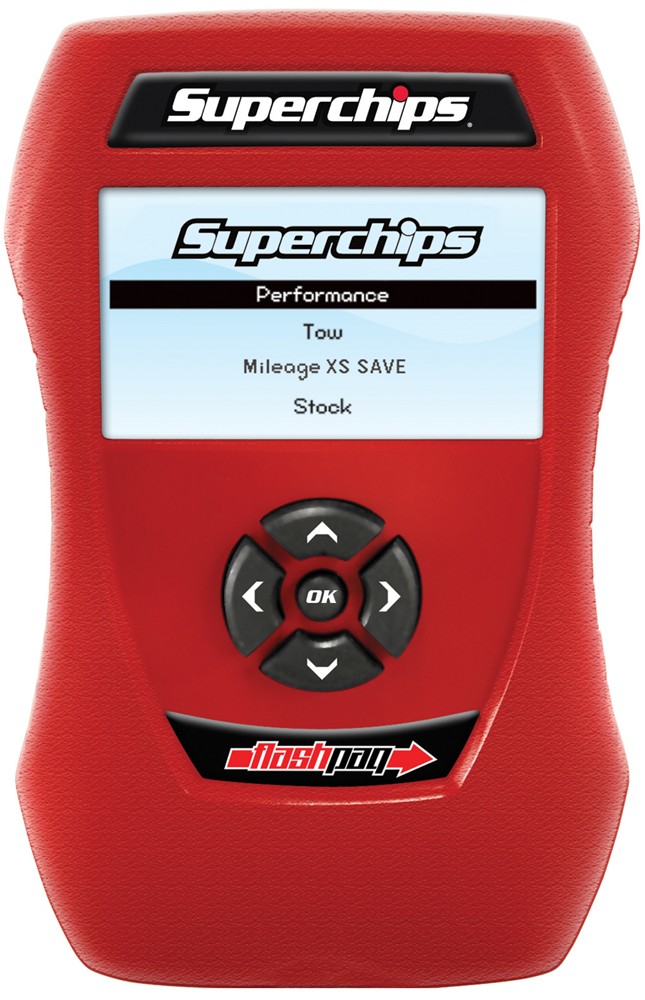
Researchers Use Ridesharing Cars To Sniff Out A Secret Spying Tool
Finding Stingrays Using SeaGlass In Ridesharing Cars
Picture1
Researchers at a U.S. university have revealed information about a secret spying tool widely adopted by police organizations to spy on civilians. The two researchers from the University of Washington in Seattle recruited the drivers of an unnamed ridesharing app for the research.
What they ended up discovering was that in Seattle federal agencies or
police had installed a number of so-called Stingrays, secretive spying tools that can intercept and monitor a users mobile phone communications.
In order to find the installations of Stingrays around Seattle, the researchers made a new spying device of their own, named SeaGlass. Armed with the SeaGlass, the team of drivers then collected data that allowed the researchers to find out where and how the police were using Stingrays to spy on the civilian population.
Snooping And Stingray Spying
While the use of the Stingray may be shocking to many cell phone users, the reality is that police and agencies around the world are using all manner of surveillance techniques on civilian populations. Consumers, therefore, should be taking active measures to protect themselves from these intrusive practices that have now gone beyond merely enforcing the law.
When you are carrying your cell phone around and talking or messaging, police can listen in to your conversations. The worst part is, they are able to listen in on anyones conversations and do not even need a warrant to listen in. The Stingray is one of these listening devices with advanced capabilities. Just one Stingray costs well into the six figures.
Stingrays, in the U.S., are being used in at least 23 states, including the District of Columbia. The cases of Stingray use and civil rights infringement have been well-documented at this point, with more documentation being acquired all the time.
A court case involving three drug deal suspects in a Tallahassee courthouse in 2013 had to be dismissed when police refused to submit information about their secretive spying tool. It later turned out that they had used the Stingray to spy on the suspects and obtain evidence to be used in the court.
Since then, the government, police departments and the company that manufactures the devices, Harris Corporation, have kept the existence and capabilities of the spying tool under wraps. As information has continued to trickle out from activists, researchers and journalists, however, it has become evident that it is yet another portent spying tool that has been widely deployed.
An Inside Look At How The Stingray Works
160312-knappenberger-snoop-phone-tease_oo2mqt
In 2014, the Harris Corporation made a strong push for the continued secrecy around its products than in use by law enforcement.
Harris Corporation argued that if the owners manuals were made public, criminals and terrorist[sic] would have access to information that would allow them to build countermeasures to defeat the law enforcement efforts.
Beyond this, law enforcement and the government have toed the same line as Harris Corporation, effectively stalling the effort to bring the use of the Stingray within the oversight of the courts.
For all its secretiveness about the Stingray, details about the Stingrays functionality have continued to leak despite the governments best efforts. In 2016, user manuals and instruction sets revealing sensitive information about the Stingray leaked into the public eye.
The documents show that the Stingray is a very effective system for capturing cell phone users conversations, calls as well as other communication data. Using the Stingray, police officers can track a cell phone users location, follow their movements, as well as intercept and eavesdrop on all cell phone communications. The surprising aspect of using Stingrays, according to the user manuals, is how easy it is for law enforcement or anyone else to use. Armed with a Stingray, just one police officer can track multiple targets over a wide geographical area and on different occasions.
The level of control over a target that police can accomplish with the Stingray is alarming. They can even interfere with a targets communications and route a users calls from faster channels like LTE or 4G to 3G or 2G. Kicking a targets communications from the higher speed networks can sometimes yield better monitoring results for law enforcement, and the Stingray provides them with functionality to accomplish this as well.
Behind the power of the Stingray is its engineering and electronics make up. The devices are engineered to impersonate normal cell phone tower blocks, which pass call information around a communications network. When a user makes or receives a call with a Stingray nearby, their communication is picked up by the Stingray, which represents itself as just another node in the network that passes telecommunications to the other end of the line. In this way, police or anyone else using the Stingray can listen in on all conversations as well as interfere with actual messages in a variety of ways.
How The Researchers Used Their SeaGlass To Spy On Stingrays
45733012-7049-40b5-b562-3cdb8ec760cf-PKGUWFAKECELLSIGNALS_frame_846
Given the advanced capabilities of the Stingray and its associated spying auxiliaries, the University of Washington researchers had a formidable task identifying where these devices were deployed. In addition, collecting data of a sufficient enough quantity to make any findings reliable was difficult because a Stingray could be deployed anywhere in a huge state like Washington at any time. When researchers are in the area, the Stingray could have just been turned off, so they could miss it altogether.
To address these challenges and fish out the presence and spying behaviors of the Stingrays, the researchers came up with an ingenious approach. Firstly, the researchers recruited a high number of drivers that would drive around the Seattle area to collect experimental data. Second, they equipped each of these drivers cars with an innovative new device of their own making to spy on these Stingrays. The researchers device was known as the SeaGlass.
The SeaGlass is built from electronic components and is equipped to collect data about the cellular network around the surroundings in which a car passes as it is driving. Once a driver starts the car, the SeaGlass begins sending out cellular signals into the surroundings and picking up responses from cellular boosters in the area. The researchers also equipped their task force with additional tools that help identify the natures and frequencies of signals in the vicinity of the driving cars.
Over time, the researchers analyzed all the aggregate data from the SeaGlass installations and came up with an aggregate map of the cellular network around Seattle. This is where they were able to spot abnormal boosters that were not part of the official cellular network. In addition, by further analyzing the broadcasts of these abnormal boosters, they were able to identify unusual frequencies in which these fake boosters were active. Thus, the researchers were able not only to spot the Stingray locations, but also to shed more light on where Stingrays were deployed, and how Stingrays actually worked to fool cell phones.
The Ongoing Debate Around Police Spying
Picture3
The issue of police spying has ignited a broad national debate in the U.S., with researchers and activists pointing to the infringement on users rights. What has drawn the ire of activists, beyond the loss of users privacy, is the fact that spying tools like the Stingray are warrantless. This means that police can deploy mass surveillance without any need for permission from a judge.
In addition, researchers in the past found that police use stingrays to spy much more broadly in areas where blacks, Hispanics, and other minorities live. For instance, a data analysis of Stingray surveillance for the city of Baltimore found evidence that police targeted minority populations for surveillance.
These research findings came in the wake of rulings indicating civil rights abuses by police. In Baltimore, the Justice Department found in a probe that police routinely violated the civil rights of residents. The probe further indicated that police had used excessive force, and discriminated against low-income and black neighborhoods.
In January 2017, three lawmakers introduced legislation that would require warrants in order for police to use Stingrays to spy on people. The three congressmen, Jason Chaffetz, Roy Wyden and John Conyers said then,
Congress has an obligation to act quickly to protect Americans from violations of their privacy made possible by emerging technologies.
Implications For Protecting Users In The Age Of The Stingray
Picture4
The new research by the University of Washington researchers shed new light on police surveillance and will broaden the debate on the issue going forward. Their groundbreaking work allowed the world a deeper look into how Stingrays and other secretive surveillance tools are now being used by police departments. Going forward, activists and civilians will need to take measures to protect their cellular and digital privacy is given that the courts are still working through the legality of these spying practices.
http://limeproxies.com/blog/researchers-use-ridesharing-cars-sniff-secre...












